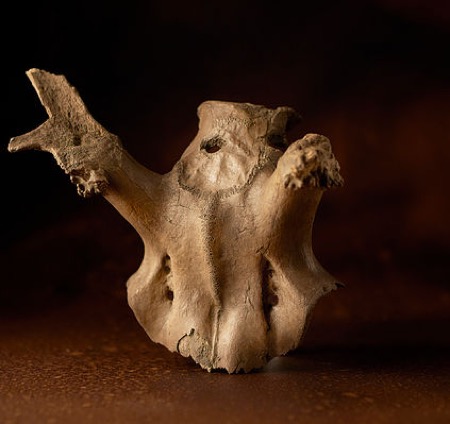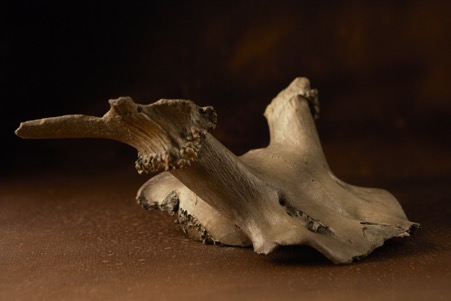Exhibitions
Yorkshire Museum: After the Ice exhibition
Celebrate Yorkshire’s beginnings at the Yorkshire Museum.

An exciting display incorporating sound, film and cutting edge technology with a range of fantastic archaeological material and scientific specimens will tell the story of Yorkshire – from its beginnings to the arrival of the Romans.
From a Paleolithic handaxe to the first Iron Age gold jewellery ever to be found in Yorkshire, the display will give visitors a sense of this regions rich heritage as well as an insight into how life played out here thousands of years ago.
Special attention is paid to the story of Star Carr; the most significant Mesolithic site in Europe, where people lived over 11,000 years ago.
Bone harpoons, elk antler tools and birch bark rolls – amazingly preserved in peat – are just some of the highlights which will tell the story of the people of Yorkshire in the Mesolithic period. An array of animals from our Natural Science collection sit alongside these archaeological gems, against a recreated backdrop of the site of Star Carr, to demonstrate how the Yorkshire landscape looked in the past, and link our collections with the landscape from which they derive.
The ancient finds are displayed alongside exciting digital content, giving visitors a taste of the sights and sounds that our ancestors would have experienced in Yorkshire 11,000 years ago.
Rotunda Museum: Star Carr Display

Star Carr is a world renowned prehistoric site located just outside Scarborough. Since the late 1940s a large number of well preserved artefacts have been discovered there and we are delighted to exhibit a selection of these in this new display. Items on show include flint tools, animal bones and a stag frontlet which was used as a head-dress.
British Museum: Mesolithic display

After the end of the last Ice Age, by 9000 BC, weather conditions had become similar to today and plants and animals had returned to the landscape of Britain. At Star Carr in Yorkshire, archaeologists found the remains of a settlement which had been preserved well in waterlogged soil. The people hunted red deer, among other animals, and made headdresses from their antlers. Star Carr was very important in helping archaeologists understand the Mesolithic period better and provides a vivid insight into several aspects of life at that time.
You can download a pdf of the information presented on the webpage at The British Museum's website.
Museum of Archaeology and Anthropology, Cambridge: Display
The Museum holds archaeological finds from every part of the inhabited world. They range from some of the very oldest – early hominid tools discovered by Louis Leakey in Olduvai Gorge, east Africa – to medieval and post-medieval finds from sites within Cambridge. They include finds from major excavations crucial to the development of archaeological science, such as those conducted by Kathleen Kenyon at Jericho in the Jordan valley, one of the oldest continually occupied cities in the world, and material from Star Carr in Yorkshire, excavated by Grahame Clark over 1949-51.
MAA holds one of the finest pre-Columbian collections in Britain, including remarkably preserved early textiles; important prehistoric Arctic materials; wide-ranging collections relating to early research in southern Africa, on rock art among other topics; and – of special interest to Cambridge communities – finds from major Roman cemeteries at Great Chesterford and Litlington, as well as many other prehistoric, Roman and Anglo-Saxon finds from the city and region.






